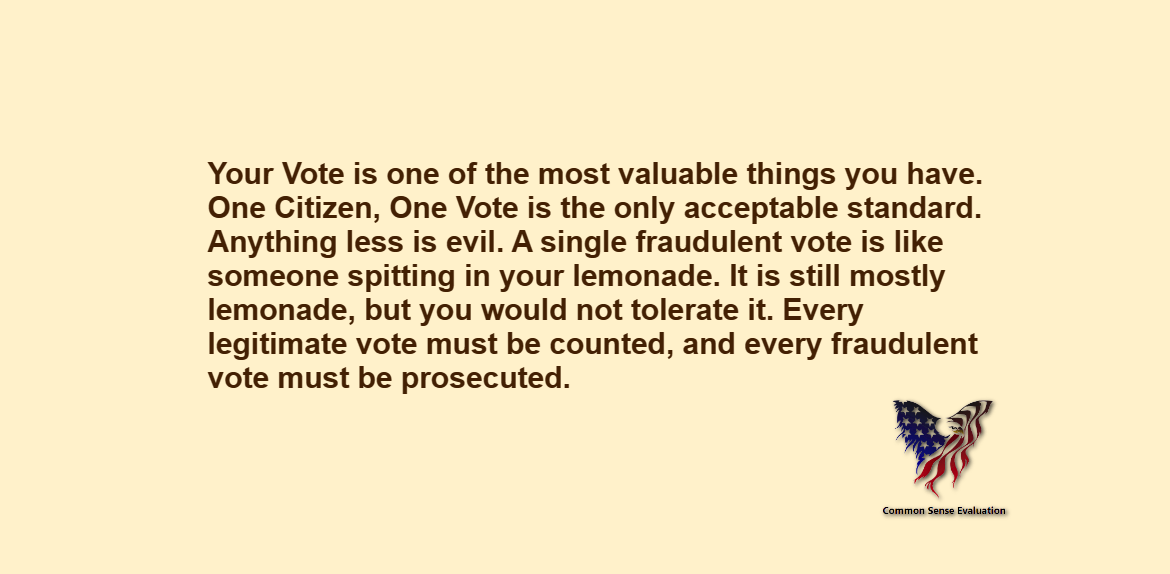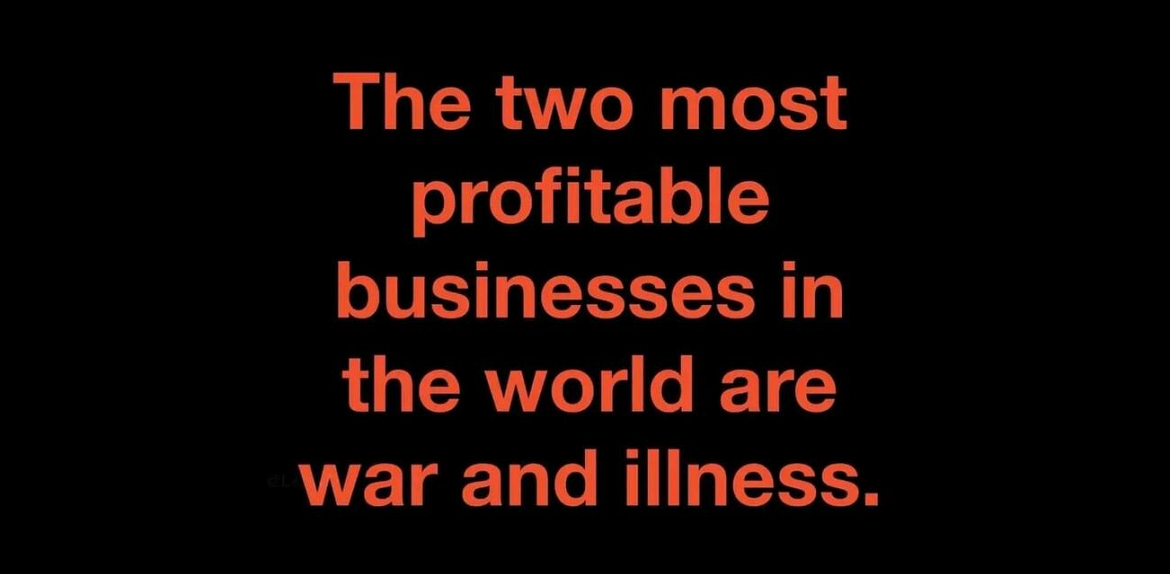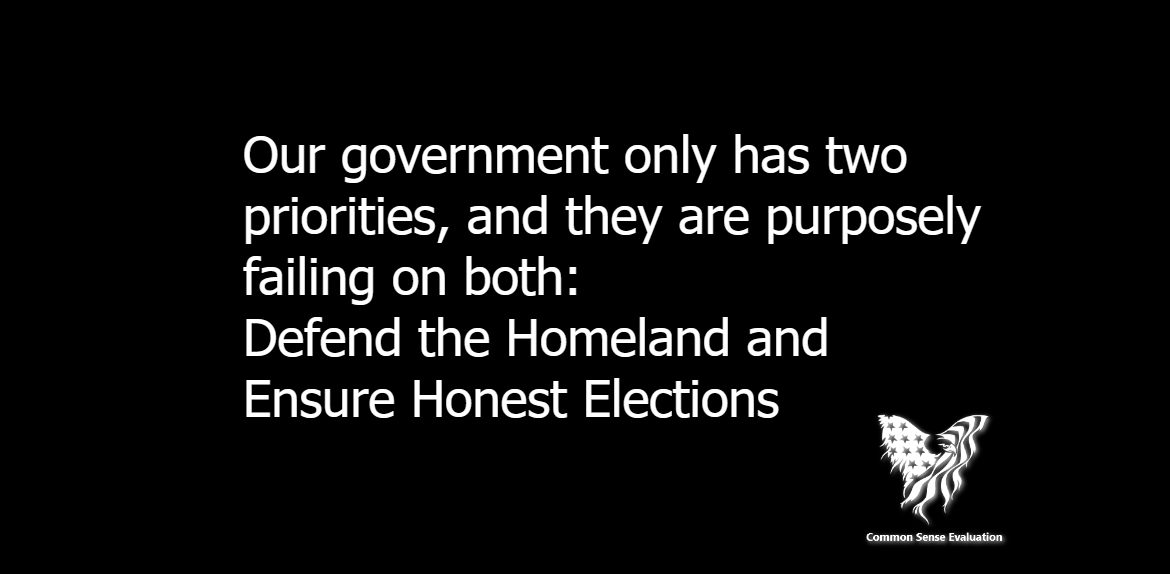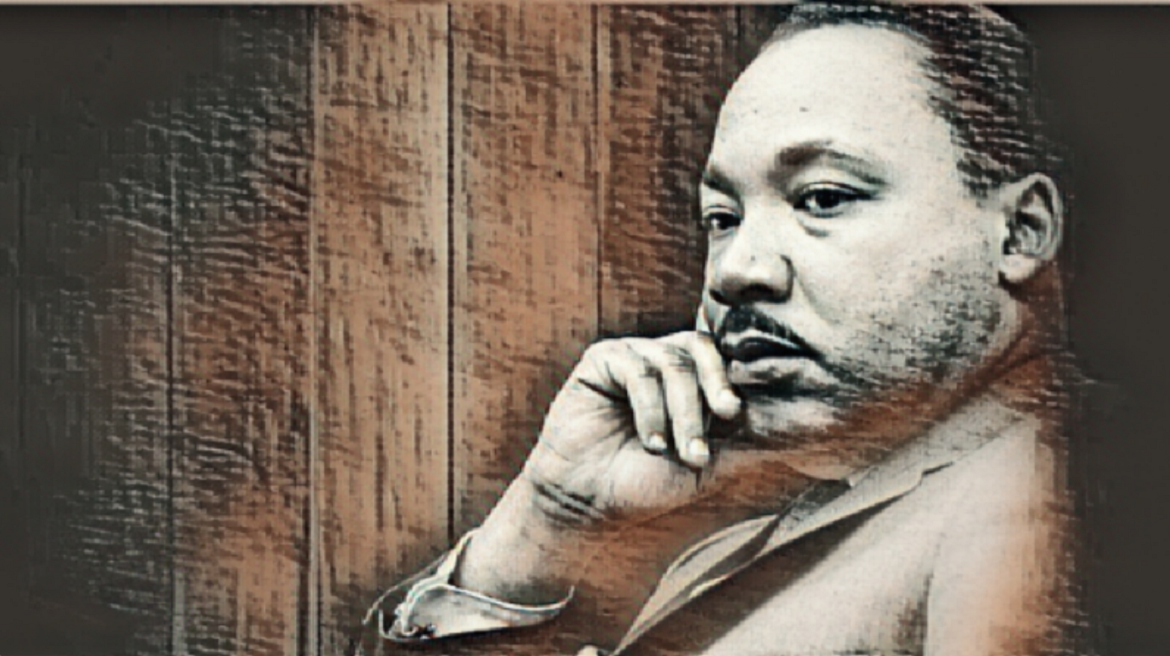Your Vote is one of the most valuable things you have. One Citizen, One Vote is the only acceptable standard. Anything less is evil. A single fraudulent vote is like someone spitting in your lemonade. It is still mostly lemonade, but you would not tolerate it. Every legitimate vote must be counted, and every fraudulent vote must be prosecuted.
Tag: Deep State
Uncovering the Truth: The Assassination of Martin Luther King Jr. and Government Complicity
In the tumultuous times of the 1960s, Martin Luther King Jr. emerged as a beacon of hope and a champion of civil rights for all. His iconic “I Have a Dream” speech still echoes in the hearts of many. However, King’s life was tragically cut short on April 4, 1968, when he was assassinated in Memphis, Tennessee. For years, questions lingered about the circumstances surrounding his death, and in 1999, a civil court jury delivered a shocking verdict: the U.S. government was found to be complicit in a conspiracy to kill the civil rights leader. In this article, we will delve into the events leading up to King’s assassination and the compelling evidence that suggests government involvement.
The Background
Martin Luther King Jr. was a prominent figure in the American civil rights movement. His non-violent approach to addressing racial inequality garnered widespread support and made him a symbol of hope for millions. However, his activism also made him a target of individuals and groups who opposed his vision of a more just and equal America.
The Government’s Surveillance
During the 1960s, the FBI, led by J. Edgar Hoover, was deeply concerned about the influence of civil rights leaders like Martin Luther King Jr. Hoover, in particular, viewed King as a radical and sought to discredit and undermine his efforts. The FBI initiated a covert surveillance program called COINTELPRO (Counter Intelligence Program) to monitor and disrupt civil rights activists.
The Conspiracy Takes Shape
As the civil rights movement gained momentum, the pressure on King and his associates grew. King was subjected to harassment, wiretapping, and threats from the FBI. The government’s involvement in these activities was hidden from the public eye for years, but evidence began to surface that suggested a more sinister plot was at play.
James Earl Ray’s Arrest
On June 8, 1968, just two months after Martin Luther King Jr.’s assassination, a man named James Earl Ray was arrested and charged with the murder. Ray admitted to the killing, but later recanted his confession, claiming he had been coerced into confessing and that he was not acting alone. This raised suspicions about a larger conspiracy.
The Trial and Verdict
In 1999, over three decades after the assassination, a civil court jury in Memphis, Tennessee, heard evidence related to King’s murder. The trial, initiated by the King family, aimed to shed light on the circumstances surrounding the assassination. The jury deliberated for only three hours before reaching a verdict: they found that the U.S. government was complicit in a conspiracy to assassinate Martin Luther King Jr.
Key Evidence
- Lack of Ballistic Evidence: One significant piece of evidence that cast doubt on James Earl Ray’s guilt was the absence of reliable ballistic evidence. The murder weapon, a Remington Model 760 rifle, was allegedly found near the crime scene. However, forensic experts testified that the rifle was not the murder weapon, and no fingerprints belonging to Ray were found on it.
- Ray’s Covert Movements: During the trial, it was revealed that James Earl Ray had traveled to several countries, including Canada and Portugal, under different aliases. This raised questions about whether he was acting alone or had support from a larger network.
- FBI Surveillance: The extensive FBI surveillance of Martin Luther King Jr. and his associates was presented as evidence of the government’s interest in King’s activities. The FBI’s efforts to discredit King were well-documented, further fueling suspicions of government involvement.
- The Mysterious Raoul: James Earl Ray claimed that a mysterious figure known as Raoul had coerced him into participating in the assassination. Raoul’s identity was never definitively established, but his alleged involvement added another layer of intrigue to the case.
- Hoover’s Hostility: J. Edgar Hoover’s well-documented hostility towards Martin Luther King Jr. and his efforts to tarnish King’s reputation provided a motive for government involvement in the assassination.
Closing Thoughts
The assassination of Martin Luther King Jr. remains a haunting chapter in American history, and the verdict of the 1999 civil court trial has cast a chilling shadow of suspicion over the U.S. government’s potential role in his death. While concrete proof of government complicity may remain elusive, the evidence unearthed during the trial raises unsettling questions about the murky depths surrounding King’s assassination.
As we reflect on the life and legacy of Martin Luther King Jr., it is crucial to acknowledge the daunting challenges he encountered in his relentless pursuit of civil rights and equality. The story of his assassination serves as a stark reminder of the enigmatic and often disturbing facets of the struggle for justice in the United States. It compels us to confront the unsettling possibility that those sworn to protect the nation may have been entangled in a web of conspiracy and betrayal on that fateful day in 1968. The pursuit of truth and justice persists, even decades later, as we grapple with the ominous specter of government involvement, casting a darker hue on the tragic demise of a civil rights icon.
The Jack Ruby Connection: The LBJ Conspiracy in the JFK Assassination
The tragic assassination of President John F. Kennedy remains shrouded in a web of mysteries and conspiracies in the annals of American history. One pivotal figure in this mystery is Jack Ruby, the man who, on live television, shot Lee Harvey Oswald, the alleged assassin of JFK. What unfolded in that chaotic moment, as Ruby pulled the trigger, has since fueled speculations and theories, with some suggesting a deeper conspiracy involving then-Vice President Lyndon B. Johnson (LBJ). Let’s look into the cryptic testimony of Jack Ruby, explore the shadows that hint at a connection between Ruby’s actions and a larger conspiracy involving LBJ, and unravel the mystery surrounding Ruby’s own demise.
The Man Behind the Trigger
Jack Ruby, a nightclub owner with connections in the Dallas underworld, became an unexpected protagonist in the aftermath of Kennedy’s assassination. On November 24, 1963, just days after JFK’s death, Ruby shot Oswald in the basement of the Dallas Police Department. The public spectacle of this act, broadcasted on live television, marked a surreal twist in the already surreal narrative surrounding Kennedy’s murder.
Ruby’s motives for killing Oswald have been a subject of intense scrutiny. While the official explanation proposes that Ruby acted out of grief and a sense of justice, there are tantalizing hints that his actions might have been influenced by forces beyond a simple desire for retribution.
Unraveling Ruby’s Testimony
In the aftermath of the shooting, Jack Ruby faced legal proceedings that sought to uncover the motives behind his impulsive act. During the trial, Ruby’s testimony unfolded like a cryptic script, leaving breadcrumbs that hinted at a deeper narrative.
One notable moment occurred when Ruby was asked about his motivation for shooting Oswald. Instead of providing a straightforward answer, Ruby’s response hinted at a larger conspiracy. He alluded to being a pawn in a game orchestrated by powerful figures, suggesting that he was not acting alone.
The LBJ Connection
The most intriguing aspect of Ruby’s cryptic testimony revolves around his subtle references to Lyndon B. Johnson. While not explicitly implicating LBJ, Ruby’s words and demeanor during the trial raise questions about the extent of Johnson’s involvement in the events surrounding Kennedy’s assassination.
Ruby’s insinuations about being a mere cog in a larger machine aligned with theories circulating at the time that LBJ might have had a motive to eliminate JFK. Some theorists argue that Johnson, eager to ascend to the presidency, had a hand in orchestrating Kennedy’s demise. Ruby’s cryptic testimony adds fuel to this speculative fire.
Jack Ruby Implicates LBJ in JFK’s Assassination:
Connecting the Dots
To understand the potential LBJ connection, we must examine the political climate of the era. Lyndon B. Johnson, a skilled political operator, had ambitions that reached beyond the vice presidency. Some theorists argue that Johnson, fearing exclusion from the political spotlight, may have sought to eliminate JFK to pave his way to the presidency.
Ruby’s cryptic remarks about being a pawn in a larger game align with the notion that powerful forces were at play behind the scenes. While these theories fall short of providing concrete evidence, they underscore the lingering doubts and suspicions surrounding the official narrative of Kennedy’s assassination.
Unanswered Questions
Decades after these events, questions surrounding Jack Ruby’s true motivations persist. The perplexity of his cryptic testimony, coupled with the persistent whispers of a larger conspiracy involving LBJ, leaves the door wide open for alternative narratives and theories.
The legacy of that fateful day in Dallas continues to be a tapestry of uncertainties and unexplored avenues. Jack Ruby’s role, once considered a mere footnote in the larger narrative, emerges as a pivotal piece in the puzzle that is the Kennedy assassination.
Ruby’s Mysterious Demise
Adding another layer of intrigue to the narrative is the mysterious death of Jack Ruby. While in prison awaiting a new trial, Ruby succumbed to a sudden and fatal illness on January 3, 1967. His death, just three years after the shooting of Oswald, fueled speculation that Ruby might have been silenced to prevent him from revealing more about the events surrounding Kennedy’s assassination.
Digging into the details of Ruby’s death, the official cause listed on the death certificate was pulmonary embolism, a condition where a blood clot lodges in the lungs, leading to respiratory failure. However, the circumstances of Ruby’s sudden illness and the rapid progression of his demise have sparked skepticism and fueled conspiracy theories.
Questions linger regarding the timing and nature of Ruby’s illness. Was it a mere coincidence, or did it serve a darker purpose? Some theorists suggest that Ruby’s death may have been orchestrated to silence a potential informant, raising doubts about the official narrative surrounding his demise.
Conclusion
In the dark corridors of history, the shadows of doubt and suspicion persist. Jack Ruby’s cryptic testimony, when viewed through the lens of a potential LBJ connection, adds layers of intrigue to an already complex narrative. While concrete evidence remains elusive, the echoes of that moment in the Dallas Police Department basement reverberate, inviting us to peer into the shadows and question the veracity of the official story. As we continue to unravel the mysteries of the past, the mystery of Jack Ruby’s actions, the potential involvement of Lyndon B. Johnson, and the mystery surrounding Ruby’s own demise remain as elusive and compelling as ever.




